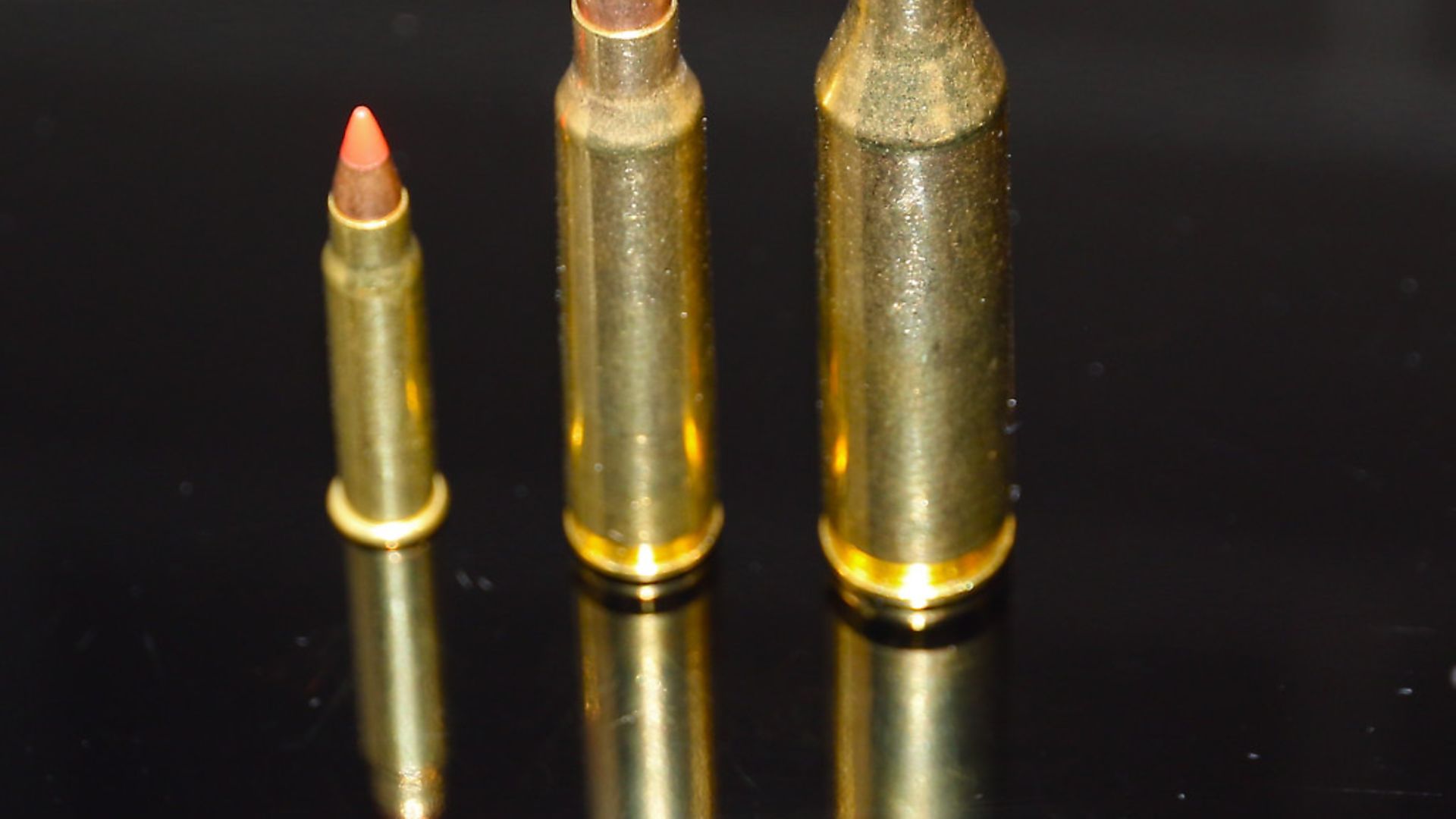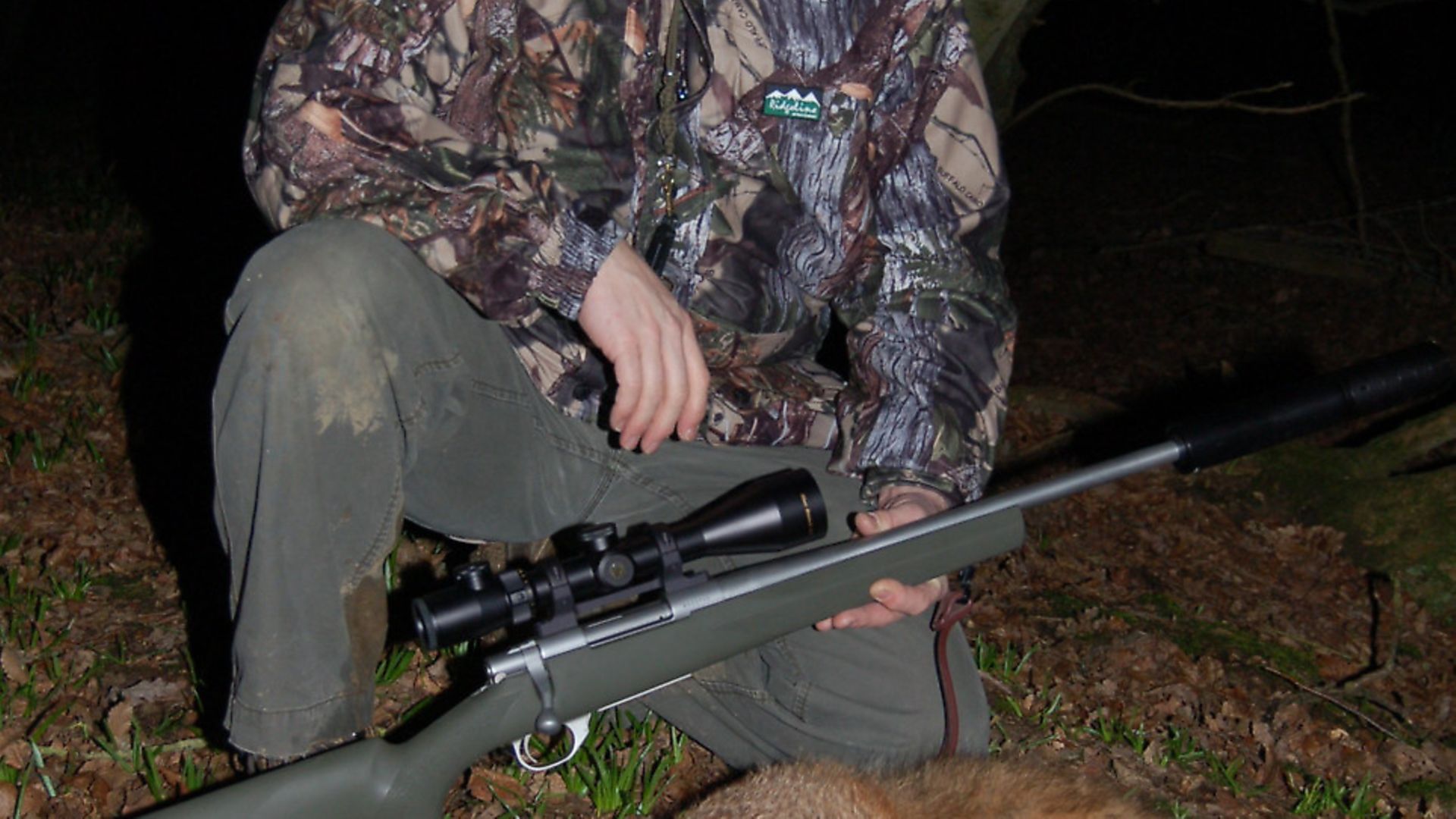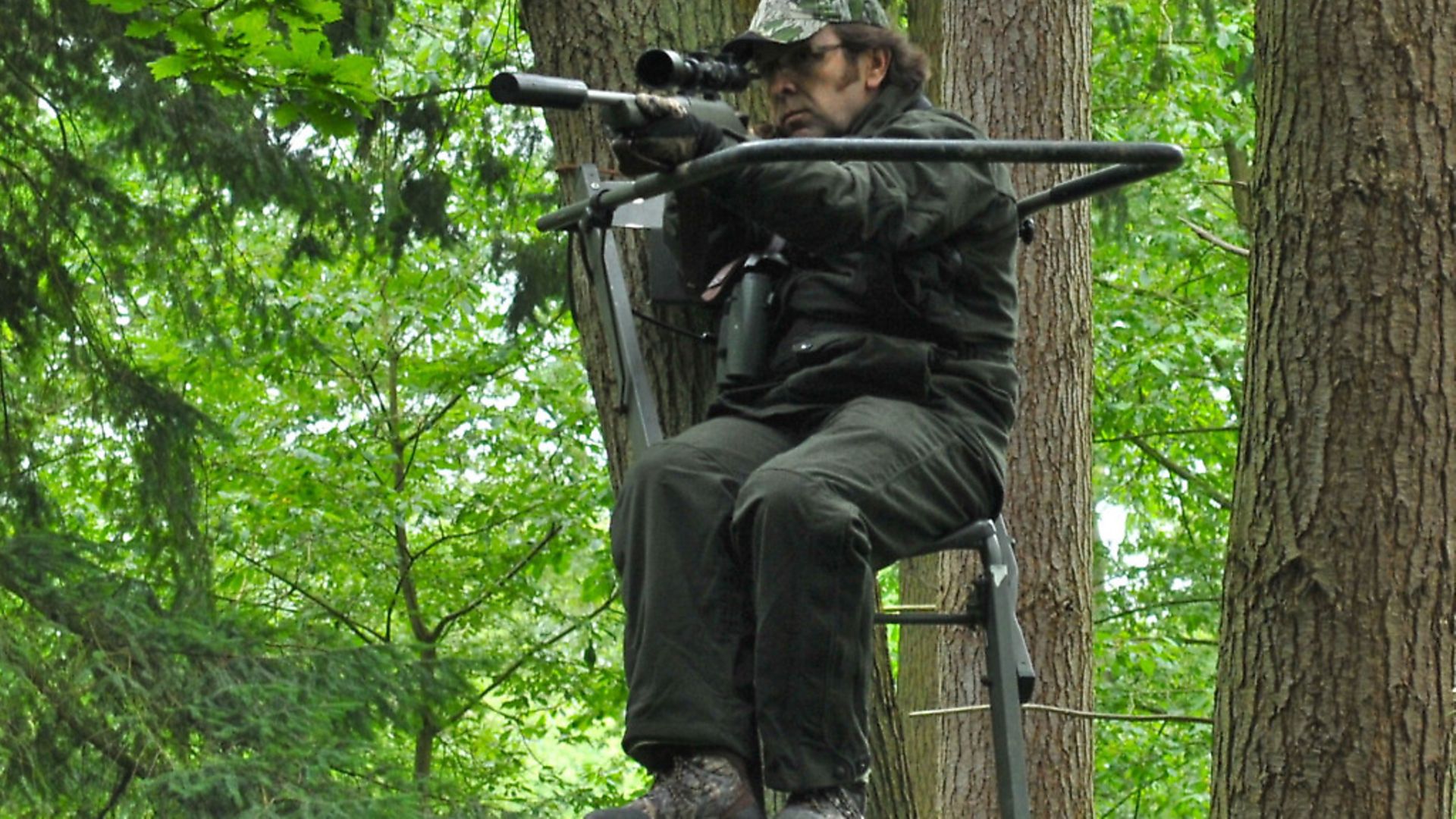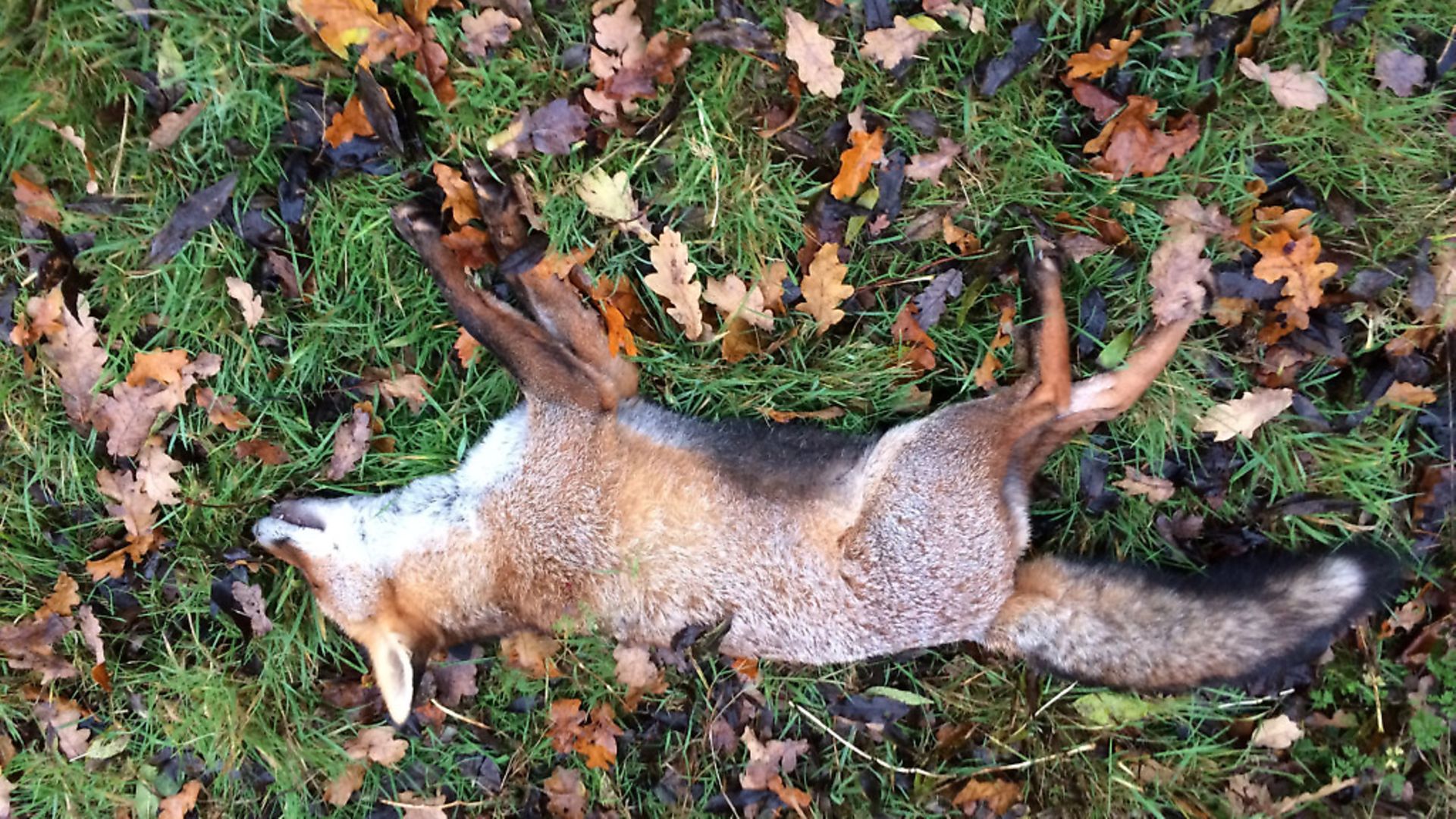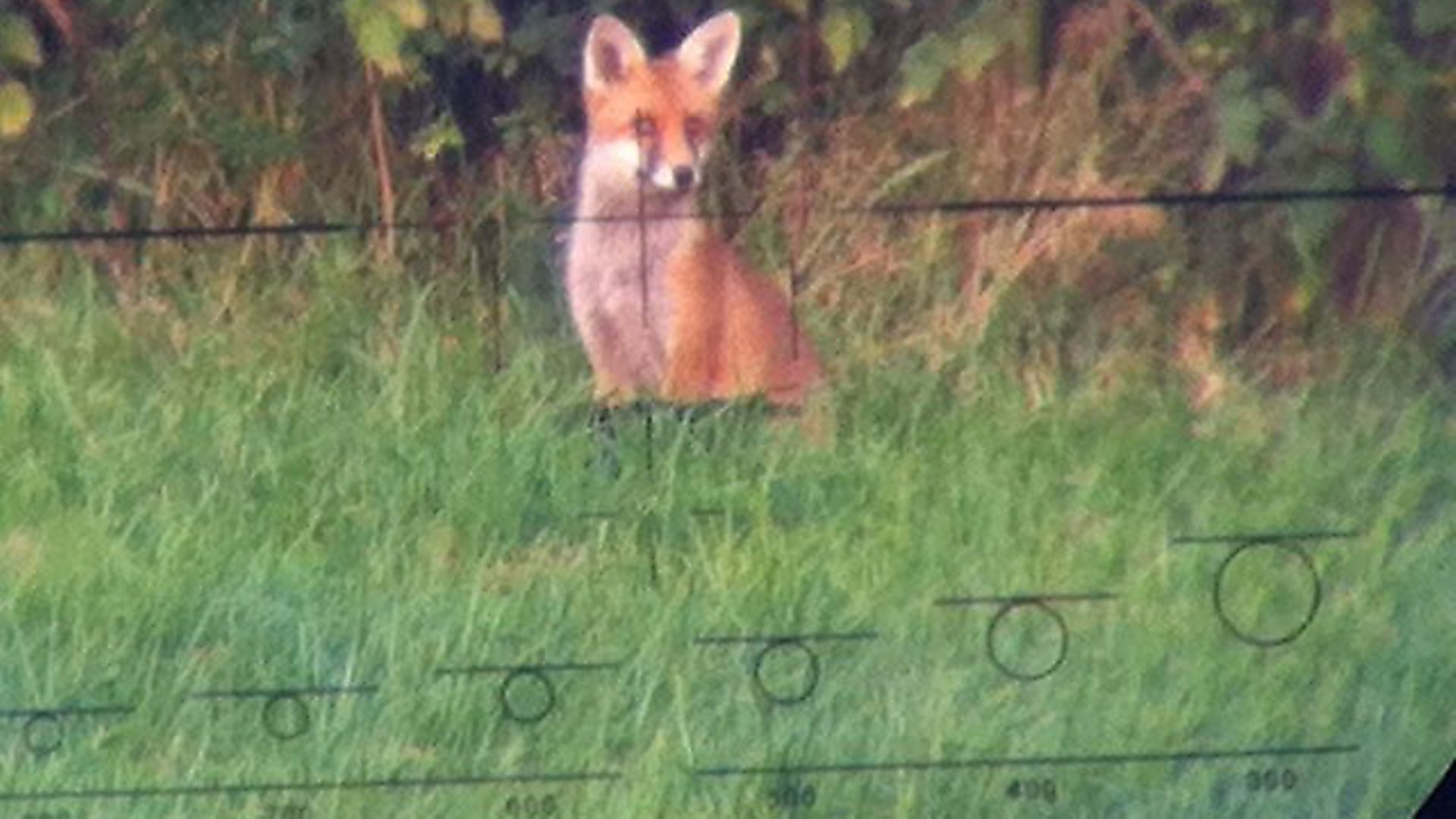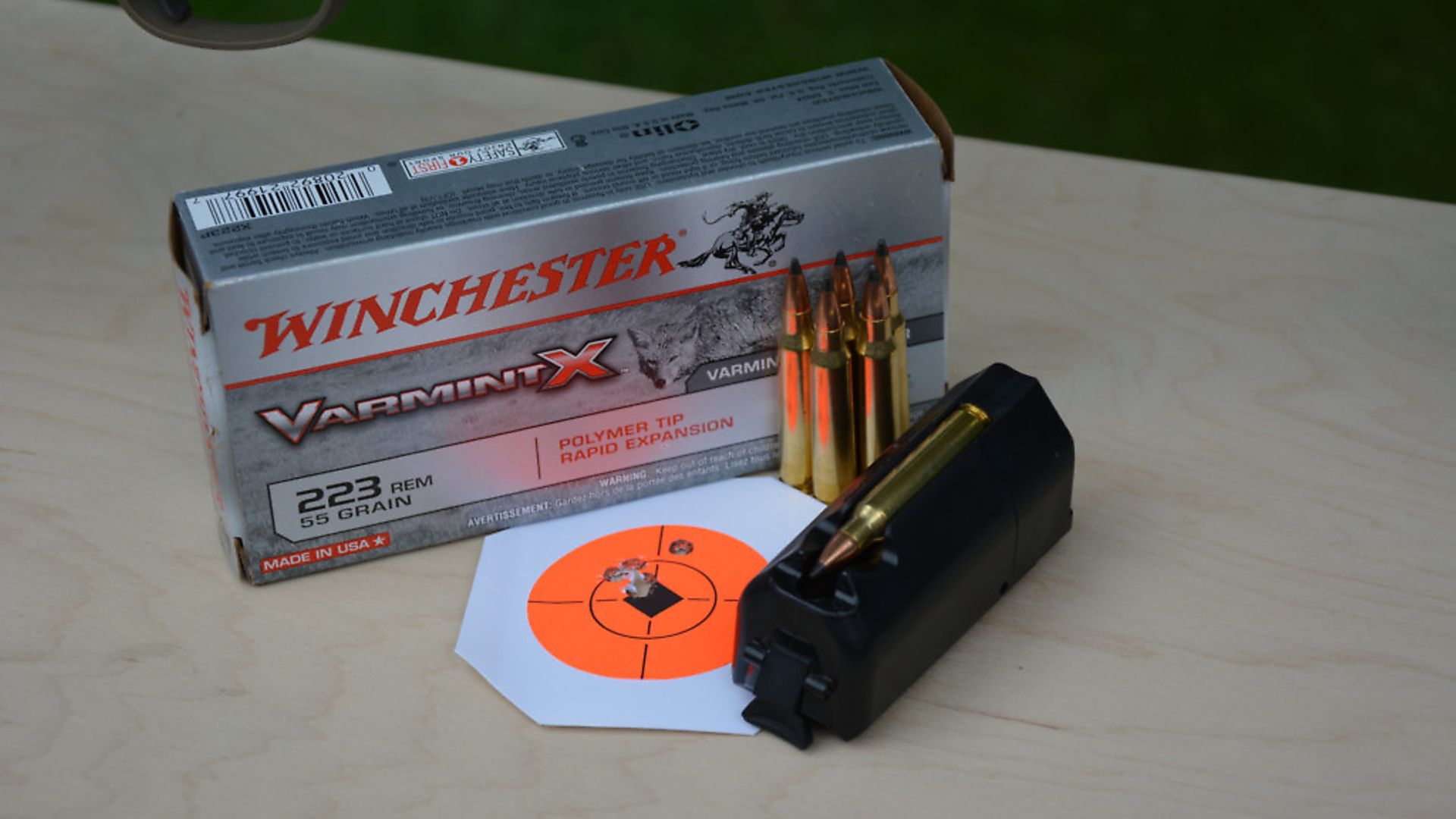Shooting
How to choose the perfect foxing load
Phill Price recounts his own mission to find the perfect rifle and bullet combination for fox shooting… there are plenty of things to consider! credit: Archant When I took up full-bore shooting, I decided to buy a single rifle and cartridge combination that would cover all my needs. I hoped that a .243 would work
Would you like to appear on our site? We offer sponsored articles and advertising to put you in front of our readers. Find out more
Phill Price recounts his own mission to find the perfect rifle and bullet combination for fox shooting… there are plenty of things to consider!
When I took up full-bore shooting, I decided to buy a single rifle and cartridge combination that would cover all my needs. I hoped that a .243 would work for everything from foxes to fallow bucks, and it worked out just as I’d hoped. No animal taking a sensibly placed shot has walked for more than a few seconds before dropping, so I felt my decision was a good one. Some people hit me with warnings that I must change to much lighter bullets for fox work, as the 105gr soft nose would not expand adequately on such a lightly built animal. I disagree; my experience is that it drops them like a rock.
What does worry me, though, is the amount of energy it takes onwards as it travels down range, particularly on a golf course I’ve been asked to shoot at. If I see a fox on a fairway, or worse still a putting surface, there’s no way I’d shoot the .243 at it. I’ve seen the gouges it makes in soil in the past. Because of this, I’ve fallen back on my pal’s .17 HMR, which is OK, but I feel it’s too light to guarantee a humane kill on foxes beyond 75 yards. We’ve needed to search to find the bodies on more than one occasion, and that doesn’t sit well with me.
Of course, the .243 will shoot lighter, more frangible bullets, but I then worry about swapping between loads and failing to correct the zero each time. I don’t want to be responsible for a lost, wounded deer because of my forgetfulness, and I don’t want to waste time and ammunition re-zeroing.
Which calibre?
What I feel that I need is a second rifle, dedicated to foxes, so that I know when I take it from the safe it will be zeroed perfectly with lightweight, highly destructive bullets designed specifically for fox-sized animals. The question is: which calibre to choose? After selecting the right ballistic performance, I want to be able to use factory ammo that the shops around me carry, and ideally it wouldn’t be too expensive to run. I asked at my local store which fox loads they typically carry and the list was short: .17 Hornet, .204 Ruger, .222, .223 and the barn-storming .22-250. They also advised that I’d have a broad choice of rifles that would be chambered for them, which would give me plenty of options.
The cartridges offered felt like a pretty good selection, so I set about comparing their ballistics in the areas that I believe matter. How flat they would shoot, how the wind would affect them and how hard they would hit were all serious considerations for me. Another consideration was recoil, which I think is important because a soft shooting rifle will allow you to watch the bullet strike. This allows you to see the animal’s reaction and to know if it’s been killed cleanly.
As much as I’m attracted and enthralled by ballistics tables and calculators, I needed to have a sensible pill and think about the realities of my foxing past. Just how far do I typically shoot them at, and what performance is needed to do that job well? Walking around the estate with my laser rangefinder in hand, I measured shots I remember succeeding recently and thought about shots I’d declined because I felt they were unlikely to be successful or humane. The reality was that the vast majority of my shots were under 150 yards, with the longest being 235.
I intentionally measured some 300-yard targets and felt instant resistance to shooting that far. I know people claim to do that all day long, but it’s too far for my conscience. Still, I thought I’d gather the 300-yard data as the upper limit of my potential and I was really surprised at what I learned. With all the calibres zeroed at 200 yards, the ‘worst’ drop was 7” and the ‘best’ was 4.3”. Just 2.7” of extra holdover would be needed, so if you aimed along the fox’s back, both shots would go through the rib cage and the result would be the same.
Next, I looked at the wind data, using a 5mph breeze at 90° to the side. The worst deflection was 6.9” and the best was 3.9”, so a similar difference to the drop figures. This was a much closer call than I’d imagined.
I looked at terminal energy and, unsurprisingly, the .22-250 hit hardest with 770ft/lb while the .17 Hornet had just 200ft/lb. Just how much wallop is enough? Asking around, plenty of other foxers told me that the humble .222 (539ft/lb) will anchor any fox without trouble at this distance, and that any more power is unnecessary. The more powerful loads cost more to run, recoil more and can be more noisy. I felt that perhaps my decision was becoming clearer at last.
Lastly, I looked at some published data for recoil and, although I found it difficult to get exactly what I wanted, I averaged a number of results and found that all the cartridges are quite soft shooting. In fact, the hardest recoil was with the .22-250, which was no surprise, yet that generates half the recoil of my .243, which I consider a pussy cat to shoot when fitted with a moderator.
A clear winner
Sitting in the middle ground of all this data was the massively popular .223, which is chambered in just about every rifle made. The drop figure at 300 yards was 7”, the wind figure was 5.5”, and striking energy 576ft/lb with recoil of 3.2ft/lb. I believe that set of numbers will give me everything I need. Better still, its huge popularity means that the price per round is quite modest, even for the good stuff, which has to be welcomed.
Adding to its appeal, the small powder load doesn’t heat up barrels like bigger cartridges, so practice sessions can be more about shooting and less about cooling. That’s also a factor when it comes to noise suppression. The smaller the powder charge, the easier it is to quieten down. In fact, I can’t think of a reason not to buy a .223!
The choice of factory ammo is huge, which increases the chance of finding the most accurate one for your own rifle. Bullet weights on offer go from 40 up to 75gr, although the received wisdom is that the 50 and 55gr offerings are the ones to consider first for fox use. Then there’s the subject of traditional soft nose bullets verses the ballistic tips, something that needs more research as I’ve heard good and bad on both sides of that argument.
One of my pals teaches riflecraft and he always emphasises that to succeed as a hunter you must put the right bullet in the right place, no matter what the quarry animal is. He argues that the academic points of sectional density and ballistic coefficients don’t matter nearly as much as being able to deliver a suitable bullet type to the animal’s vital organs.
When I discussed my findings with him, he fully endorsed my decision. He shoots a .223 through a heavily customised rifle, shooting only the most sophisticated handloads, but he’s the first to tell you that any high-quality rifle, shooting the right factory .223, will do just the same job at 200 yards. Perhaps I should have asked him first, but I like to make my own decisions and enjoy the learning process. Decision made: .223 it is.
Now I just need to choose a rifle…
Related Articles
Game
Shooting
Shotguns
Drenched and disappointed
Phill Price recounts his own mission to find the perfect rifle and bullet combination for fox shooting… there are plenty of things to consider! credit: Archant When I took up full-bore shooting,...
By Time Well Spent
Shooting
The value of shooting
Phill Price recounts his own mission to find the perfect rifle and bullet combination for fox shooting… there are plenty of things to consider! credit: Archant When I took up full-bore shooting,...
By Time Well Spent
Get the latest news delivered direct to your door
Subscribe to Sporting Gun
Subscribe to Sporting Gun magazine and immerse yourself in the world of clay, game and rough shooting. As the leading monthly publication for passionate shooters at all levels, Sporting Gun delivers expert advice, practical tips and in-depth reviews to enhance your skills and enjoyment of the sport.
With features ranging from gundog training to pigeon shooting, and wildfowling to equipment recommendations, you’ll gain valuable insights from professional shooters and industry experts. A subscription not only saves you money on the cover price but also includes £2 million Public Liability Insurance, covering the use of shotguns, rifles and airguns for both recreational and professional use.


Manage Consent
To provide the best experiences, we use technologies like cookies to store and/or access device information. Consenting to these technologies will allow us to process data such as browsing behavior or unique IDs on this site. Not consenting or withdrawing consent, may adversely affect certain features and functions.
Functional Always active
The technical storage or access is strictly necessary for the legitimate purpose of enabling the use of a specific service explicitly requested by the subscriber or user, or for the sole purpose of carrying out the transmission of a communication over an electronic communications network.
Preferences
The technical storage or access is necessary for the legitimate purpose of storing preferences that are not requested by the subscriber or user.
Statistics
The technical storage or access that is used exclusively for statistical purposes.
The technical storage or access that is used exclusively for anonymous statistical purposes. Without a subpoena, voluntary compliance on the part of your Internet Service Provider, or additional records from a third party, information stored or retrieved for this purpose alone cannot usually be used to identify you.
Marketing
The technical storage or access is required to create user profiles to send advertising, or to track the user on a website or across several websites for similar marketing purposes.




